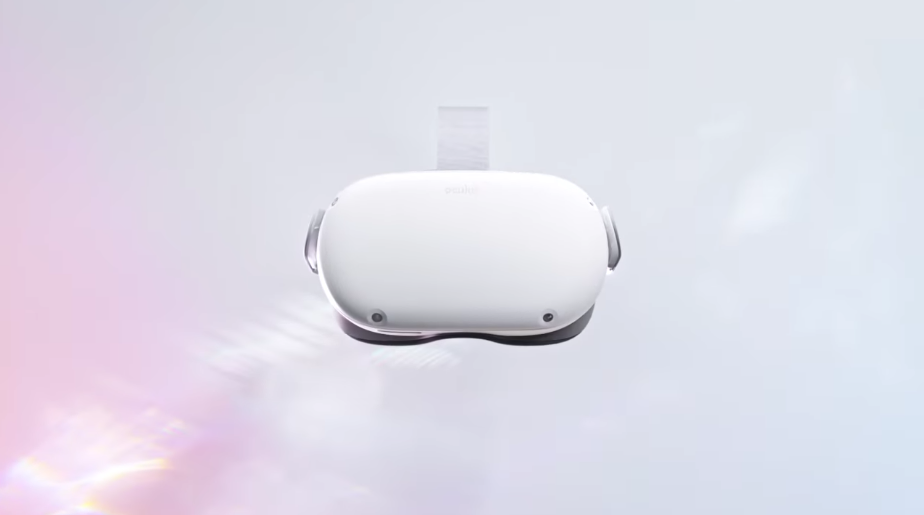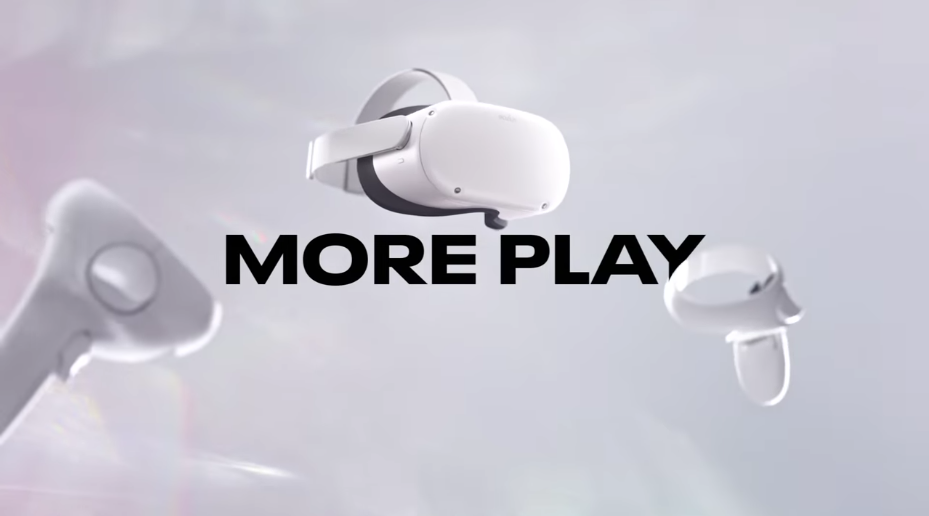Meta Quest 2: An Honest Review
While the Meta Quest 2 may not have the highest-end specifications, it offers a great compromise between price and performance, making it a better choice for most people than the Vive Cosmos or PlayStation VR 2. The fact that it can be used to play virtual reality games without being tethered to a powerful console or PC is the device’s main selling feature, as are its wireless design and internal processing. Meta has acquired the companies responsible for Beat Sabre, Iron Man VR, and the Resident Evil 4 version, giving it an ever-expanding catalogue that few headsets can compete with. Is the Quest 2 still deserving of a spot in our top VR headset list now that it is entering its third year and a Quest 3 is slated to come before the end of the year? These are my musings.
Meta Quest 2 Specification
| Type | Standalone |
| Resolution | 1,832 by 1,920 (per eye) |
| Refresh Rate | 120 Hz |
| Motion Detection | 6DOF |
| Controls | Oculus Touch |
| Hardware Platform | Standalone |
| Price | $299 |
| Battery | 2-3 hours |
| Memory | 6 GB |
| Controllers | Oculus Touch |
Price and Availability

The second installment of the Meta Quest series hit shelves on October 13 and may still be purchased today. When it first came out, the 128GB model cost £299, or around $300 at the time. The Quest was an incredible steal at that price. Meta has unfortunately chosen to raise prices. The Quest 2 now costs at least £399, or $400, an increase of at least £100, or $100. The Meta Quest 2 is no longer an incredible steal, but it is still one of the cheapest virtual reality headsets available. A better option could be the somewhat more costly 256GB version. The current price from Meta is £429.99 ($429.99).
Performance

With a Qualcomm Snapdragon XR2 CPU and 6GB of RAM, the Meta Quest 2 is a significant upgrade over its forerunner. This is still mobile-grade performance, so titles like Asgard’s Wrath and Half-Life: Alyx will require a gaming PC to operate well on the new Quest. While the Quest may not be able to handle the most demanding games, it is still capable of running a wide variety of titles thanks to its 1832 x 1920 per-eye resolution, which is higher in pixel count than the more expensive Vive Cosmos and Oculus Rift S VR headsets. Screen door effects are less noticeable since the in-game environment is instantly crisper. The visual effects in some games, like Thumper, aren’t quite there yet, while others, like Beat Sabre, Robo Recall, and Tetris Effect, look fantastic with vivid colours and sharp clarity.
Controls

Both the Quest and the Rift S have been discontinued, and while both came with motion controllers called Oculus Touch (now called simply Meta Quest 2 controllers), the two included with the Quest 2 are somewhat different. Each stick has a curved grip and a ring at the top for use with the headset’s cameras, and the sticks’ two triggers rest comfortably between the index and middle fingers. When not using the analogue stick or the two face buttons, your thumb may rest comfortably on the expanded circular control surface at the top of the handle. The redesigned shape of the controllers makes them more comfortable to grip for long periods of time. During marathon gaming sessions, the battery door will be less likely to slip off. There hasn’t been a major overhaul, but the controllers have been improved in a number of subtle ways.
Powerful Hardware
Meta upgraded the Quest 2 from the Qualcomm Snapdragon 835 microprocessor to a Snapdragon 865-derived Snapdragon XR2 processor. This is remarkable on its own, given that the Quest 2’s $300 price tag made it the most reasonably priced Snapdragon 865 handset in North America at the time (similar phones retail at around $1,000). In particular, the extra 2GB of RAM (for a total of 6GB) provides a substantial performance gain over the original Quest.
Originally, there was no way to increase the headset’s capacity beyond 64GB. Now, 128GB is included out of the box. There is still no option to increase storage space. You may spend an extra $100 on a 256GB version. Up from a resolution of 1,600 by 1,440, the headset now displays a whopping 1,920 by 1,832 pixels for each eye. Another improvement over the original Quest (72 Hz) is that the Quest 2 can run at a refresh rate of 120 Hz. Initially, the increase was to 90 Hz, but after testing it for well over a year, a 120 Hz mode was added to the headset.
Design

The white paint job that Meta hopes will attract a larger audience is the only noticeable change between Meta Quest 2 and its predecessor at first glance. Even though Quest 3 is scheduled to be out in 2023, Meta states there are no present plans to produce further colour variations. If you examine Quest 2 closely, you’ll see that it has undergone some minor cosmetic changes.
The new headset is 10% lighter and 10% smaller than the previous version. While the reduced size is appreciated, continued usage may still result in soreness in the head and neck. With a weight of only 295 grammes, the Pico 4 headset is even lighter than its predecessor, the Quest 2. This demonstrates that many enhancements are possible. The strap has also been updated with the addition of a single velcro clasp that reduces the number of adjustments needed when switching between players.
Although Meta will sell additional strap attachments for people who are unable to find a suitable fit with the standard design, the elastic straps are able to conform to a wide range of head shapes and sizes. The straps are annoying since they tend to fall off and rub on your skull. The Pico 4’s plastic headband with an adjustable dial makes for a far more pleasant experience. The internal speakers struggle a bit with bass-heavy music and sound effects, but headphones plugged into the 3.5 mm socket or Bluetooth buds can fix that.

















